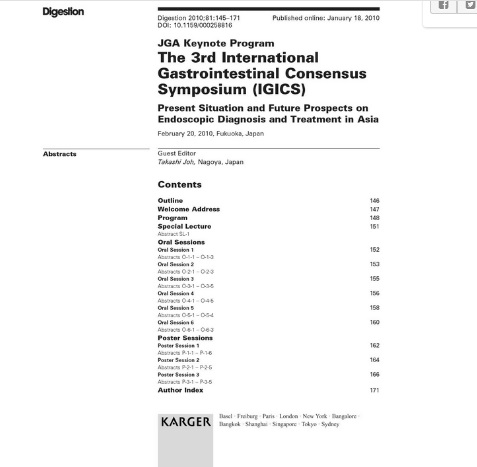Background: There is limited data about the mucosal lesions of portal hypertensive enteropathy (PHE) detected by capsule endoscopy (CE), and there is no scoring system to evaluate their severity
To date, there are no published studies showing the association between PHE and transient elastograhy (TE).
Objective: To better define the mucosal abnormalities of PHE
their prevalence, and their association with the clinical, laboratory,
and endoscopic features of the patients. Moreover, to declare the clinical
impact of TE in the field of PHE and to create a reliable scoring
system for mucosal findings of PHE.
Patients: A total of 50 prospectively recruited patients.
Methods: We compared the medical records of 30 patients with
cirrhosis complicated by portal hypertension (PTH) with 20 control
patients who underwent CE.
Results: Mucosal lesions compatible with PHE were significantly
more common in cirrhotic patients than in control patients
(70% vs. 10%, p <0.001). Cirrhotic patients with worsening Child-
Pugh class, large EV, portal gastropathy (PHG), and history of endoscopic variceal injection sclerotherapy or ligation (EIS/EVL) were significantly associated with PHE.
The newest data showed that patients with higher TE score were
significantly related with high PHE score (p = 0.029). Moreover,
patients with a high Child-Pugh score (p = 0.027), larger EV (p =
0.013), and prior EIS/EVL (p = 0.013) were significantly associated
with higher PHE score.
Conclusions: Mucosal lesions compatible with PHE included
red spots, angioectasias, inflammatory like abnormalities, and SB
varices, and their were more common cirrhotic patients than non cirrhotic
patients. Our proposed scoring depend on giving two points
for every lesion if it was multiple (more than two), and one point it
was not. Cirrhotic patients with high TE score, worsening Child-Pugh
score, large EV, and prior EIS/EVL are clinically associated with
severe PHE (higher PHE score).


